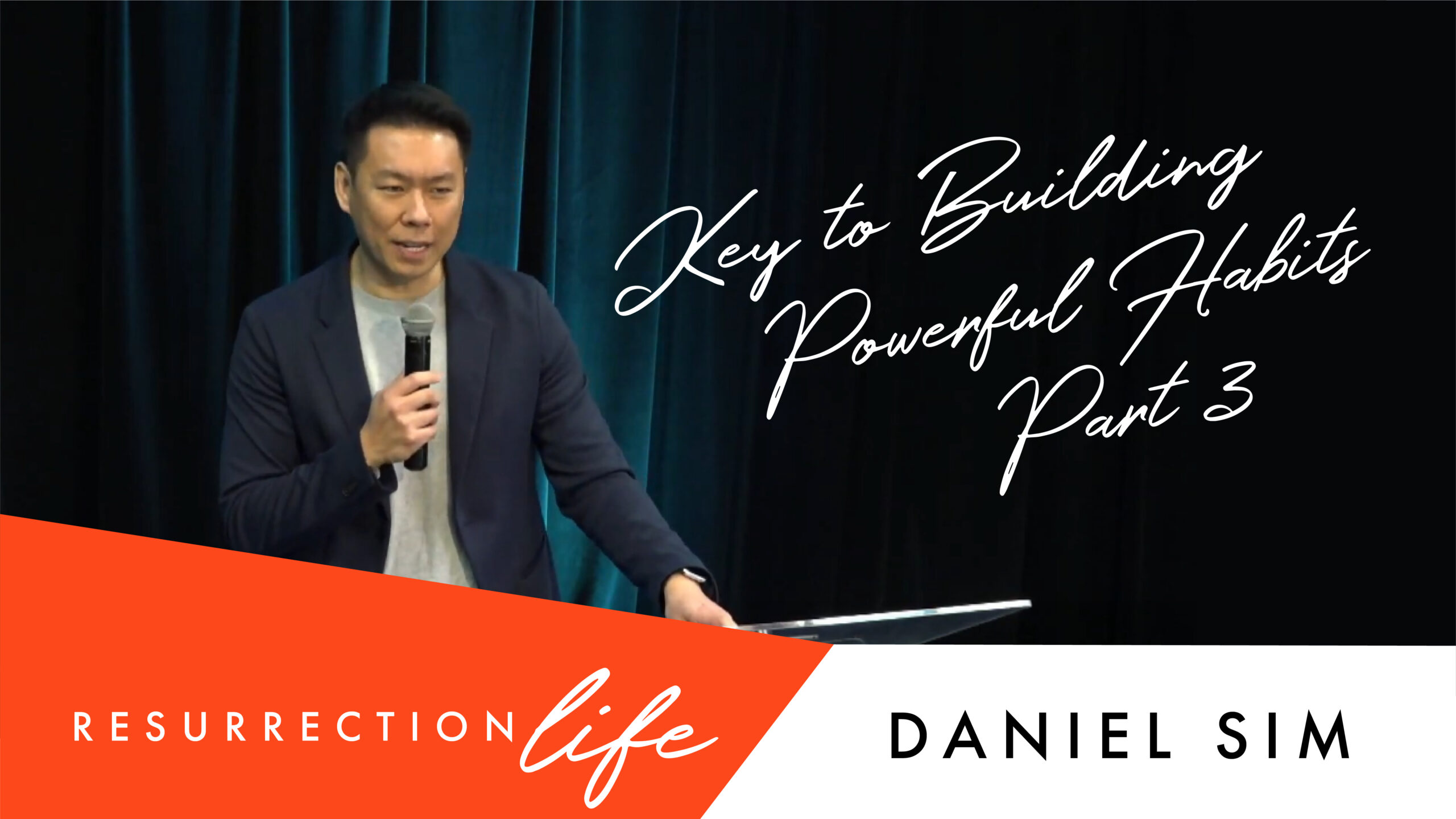
Introduction: Seeking Transformation Through Renewed Mindset
In the realm of personal growth and spiritual development, the journey often involves breaking free from negative habits and patterns that hinder our progress. Today, we’ll explore the powerful concept of transforming our lives by breaking bad habits and adopting a renewed mindset. Let’s embark on this journey together as we delve into the story of a familiar biblical figure and uncover the principles that can guide us towards positive change.
A Tale of Potential: The Story of Samson
We begin our exploration by revisiting the narrative of Samson, a figure renowned for his physical strength and potential to lead Israel. Samson’s miraculous birth and destiny as a Nazarite dedicated to God set the stage for his pivotal role in delivering Israel from their captors, the Philistines. Despite possessing immense potential and strength, Samson’s story takes a turn as his weaknesses and moral failings become intertwined with his legacy.
The Pitfalls of Bad Habits
Reflecting on Samson’s journey, we realize that bad habits can gradually lead even the most promising individuals astray. Just as Samson’s actions deviated from his purpose, our own lives can be disrupted by habits that hinder growth and potential. It’s important to recognize that failures and setbacks rarely happen overnight; they are often the culmination of a series of choices and actions.
Understanding the Habit Cycle
To break free from bad habits, it’s essential to understand the habit cycle. It starts with a cue, triggers cravings, prompts a response (action), and ultimately provides a reward. This cycle reinforces the habit, making it difficult to break free. However, we have the power to interrupt this cycle and create lasting change.
Designing Your Environment for Success
One effective approach to breaking bad habits is to design your environment in a way that minimizes triggers and temptations. Just as soldiers returning from Vietnam overcame heroin addiction due to a change in environment, we can remove cues and triggers that lead us to engage in negative habits. By making bad habits less visible and easily accessible, we create an environment conducive to positive change.
Recognizing Vulnerability: The HALT Principle
The times when we are most vulnerable to succumbing to bad habits are often when we’re hungry, angry, lonely, or tired. The HALT principle highlights the importance of recognizing these vulnerabilities and being intentional about addressing them. By identifying and addressing these triggers, we can reduce the likelihood of falling into negative patterns.
Accountability and the Power of Community
In the pursuit of breaking bad habits, accountability and community play crucial roles. We are called to support and hold each other accountable, enabling us to overcome challenges and avoid isolation. Just as negative habits can isolate us, the strength of a supportive community empowers us to maintain positive change.
Conclusion: Embracing a Rich and Satisfying Life
In our quest to break bad habits and live a rich and satisfying life, we must remember that change is possible through intentional choices and a renewed mindset. By understanding the habit cycle, designing our environment for success, recognizing vulnerability, and fostering accountability within our community, we can overcome obstacles and walk confidently towards transformation. As we reflect on Samson’s journey, let us embrace the opportunity to shape our own destinies and live a life that aligns with God’s purpose for us.
